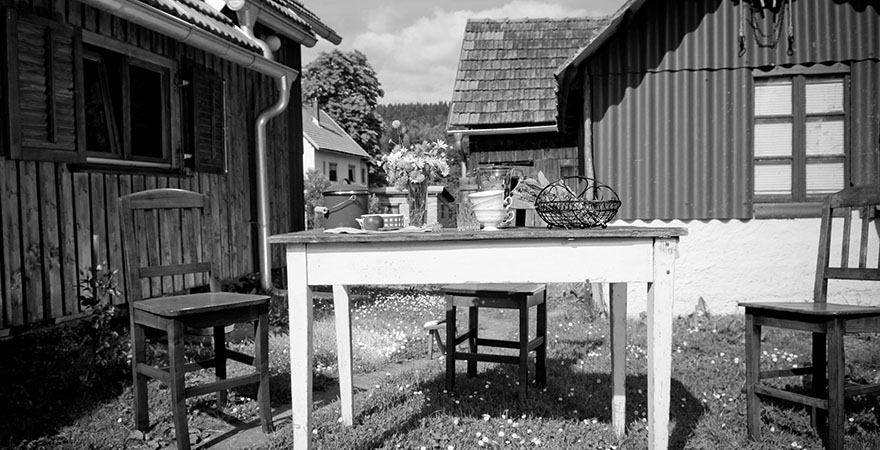Jallianwala Bagh Massacre: Bloodbath in public garden
From centuries, Indians enthusiastically celebrate Baishakhi festival to enjoy the Spring harvest. But who knows the Baishakhi of 1919 will turn into a bloodbath. This gruesome incident occurred when India was ruled by British. One of the worst massacres of the 12th century was committed in Amritsar, India during 1919, when General Edward Dyer stopped his car at the Jallianwala Park –a public park in Amritsar City. He had around 75 armed people with him.
Jallianwala Bagh Massacre
Around 20,000 people were present inside the garden to peacefully discuss about the cruel drive – by the British — for recruiting soldiers and forced contribution to the World War I. General Dyer had distributed a public statement that read:
“Any gathering or procession of 4 or more persons, will be treated as an unlawful assembly and dispersed by force of arms, if necessary.”
In spite of the proclamation, when he learned about the large assembly, he made his mind to punish the crowd for the daring to disobey British orders. Afterwards, he instructed his army to cover the park from all sides. The park had 1 main gate and a few smaller ones which were locked. Dyer ensured that people had no way to escape.
When everyone was involved in discussion, Dyer came with his army at the main gate of the garden to the park and commanded “fire.” The soldiers immediately started firing and the shooting spree lasted for complete 10 minutes, involving 1650 firing rounds. Once the firing was stopped, there were corpses and blood everywhere in the garden.
Most of the people died in firing, while some died because of the stampedes while attempting to escape though the narrow lanes of the park. Some people even jumped into the well present in the garden, because the proud Indians didn’t wanted to give the pleasure of their death to British. According to a government report around 120 dead bodies were rescued from the well. The official report stated that 379 people were and 192 were injured during the firing, while unofficial sources claimed that around 1000 people had died.
Now, Jallianwala is a historical place in India, and the bullet marks are still present at the walls of Jallianwala Park!

